Bee Blog
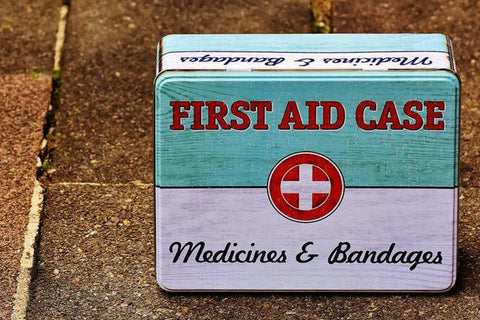
Honey is a delicious and natural sweetener many of us are already familiar with. For those looking to eat fewer processed foods, honey may seem like a good natural choice as a sweetener, but besides being a great choice for a natural sweetener, honey can be used in many home remedies
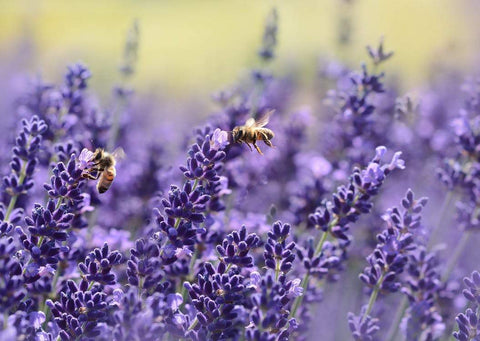
Studies over the last several years have shown that we may soon see if Einstein’s prophecy will come to pass. A massive decline in bee population has been reported in the US by beekeepers, in some states the decline is severe as 70% of the population. The decline in population is so severe that for the first time in history the honey bee is being classified as an endangered species.
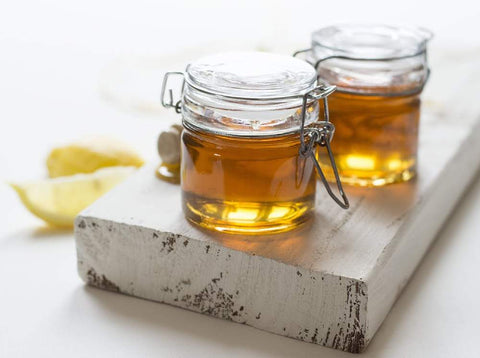
While excavating ancient Egyptian tombs, archeologists have often found pots of honey amongst the tombs artifacts. And more surprising still is that these thousands of years old honey is still preserved. Over the years as archeologists have uncovered these ancient honey pots and have discovered that the honey remains unspoiled, a remarkable testament to the eternal shelf-life of honey.
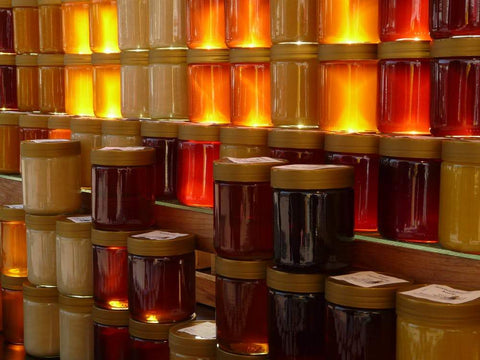
Not all honey is created equal. Or, more accurately, not all honey on the grocery store shelves is equal. Some international honey has been treated and no longer has the health benefits discussed here.
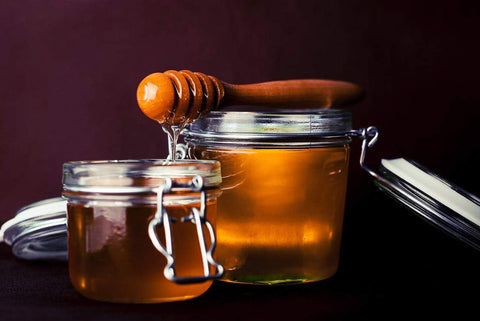
These are some of the many common misconceptions we may know in regards to honey. Especially when talking about honey as a sugar substitute. But the truth is that not all sugars are equal. We’ve all heard phrases such as “there are good calories and bad calories” of course, or “not all fats are equal.” And yet the idea that “all sugars are not created equal” sometimes seems to not hold the same weight to those who have never taken the time to see the differences. People need to know that there is good sugar, bad sugar and even some dangerous sugars. There are so many fake sweeteners, some of which have names that you can even pronounce.
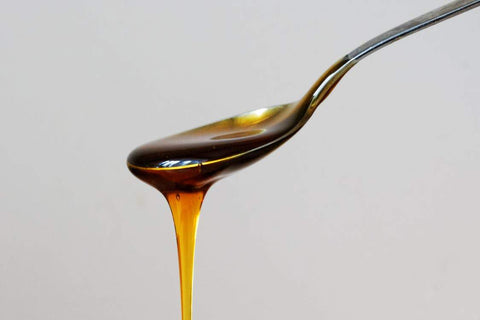
Do you love baking but want to cut down on your sugar intake? Why not try replacing the sugar in your baked goods with honey? There are several benefits to eating honey verses eating sugar.
One of these benefits is that honey consists primarily of Fructose and glucose. Glucose is absorbed quickly by the body, giving the body an immediate boost of energy. Meanwhile, the Fructose is absorbed more slowly, providing energy over a longer period. Therefore, because honey contains high levels of both glucose and fructose, it may provide both an immediate and sustained energy.

